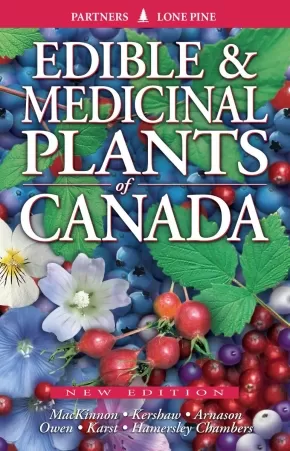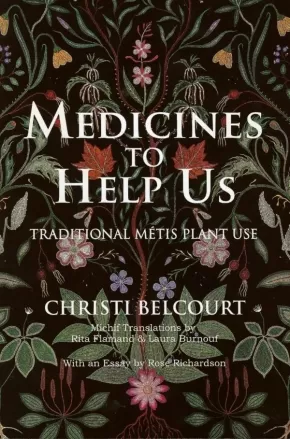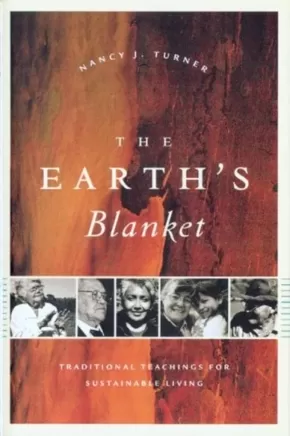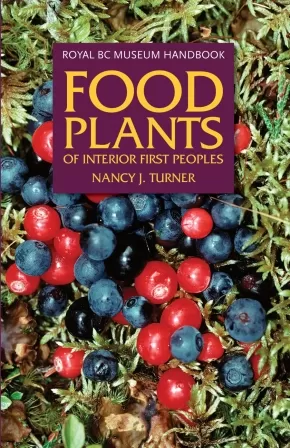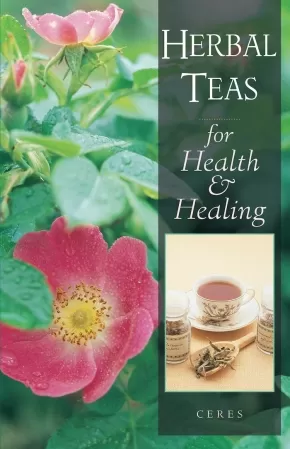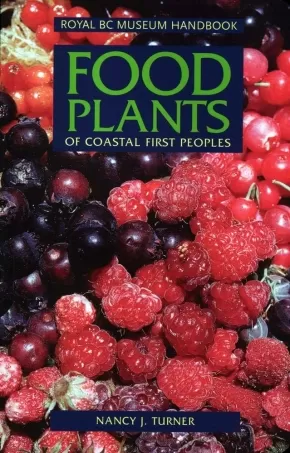
Homesteading
46
-
52
of
52 Results;
Sort By
Go To
of 4
Edible and Medicinal Plants of Canada
$32.95
Format:
Paperback
Text Content Territories:
Indigenous;
ISBN / Barcode: 9781772130027
Synopsis:
Synopsis:
Canada is home to a vast diversity of plants that have helped nourish and heal our people for thousands of years. Find out about:
* First Nations uses of plant species
* Gathering and preparing wild plants for a variety of uses
* Historic European uses of plant species
* Plants for everything from clothing to shelter
* The fundamentals of survival – food and medicines
* Clear descriptions of the plants and where to find them
* Warnings about plant allergies, poisons and digestive upsets
* A special section identifying poisonous plants and species that are similar
* More than 530 colour photographs and 125 illustrations.
Additional Information
448 pages | 5.50" x 8.50" | Paperback
Medicines to Help Us: Traditional Métis Plant Use
$25.00
Artists:
Text Content Territories:
Indigenous Canadian; Métis;
ISBN / Barcode: 9780920915790B
Synopsis:
Synopsis:
Based on Métis artist Christi Belcourt’s painting “Medicines to Help Us,” this innovative and vibrant resource honours the centuries-old healing traditions of Métis women. With contributions from Métis Elders Rose Richardson and Olive Whitford, as well as key Michif phrases and terminology, Medicines to Help Us is the most accessible resource relating to Métis healing traditions produced to date.
Educator Information
This resource guide does not include the study prints referred to on the back cover and within the book.
Michif Translators: Laura Burnoff and Rita Flamand
Elder Validation: Rose Richardson
Format: Book Only - English, with plant names in Michif, Nehiyawewin (Cree), and Anishinaabemowin (Ojibway)
The Earth's Blanket, Traditional Teachings for Sustainable Living
$24.95
Format:
Paperback
Text Content Territories:
Indigenous Canadian; First Nations;
ISBN / Barcode: 9781553651802
Synopsis:
Synopsis:
Renowned ethnobotanist Nancy Turner brings together decades of experience working with First Nations in the Pacific Northwest. In The Earth's Blanket, she explores the wealth of ecological knowledge and the deep personal connection to the land and its history that is encoded in indigenous stories and lifeways, and asks what they can teach all of us about living in harmony with our surroundings.
Scholarly in its thinking but accessible in its writing, The Earth's Blanket combines first-person research with insightful critiques of Western concepts of environmental management and scientific ecology to propose how systems of traditional ecological knowledge can be recognized and enhanced. It is an important book, a magnum opus with the power to transform our way of thinking about the Earth and our place within it.
Additional Information
176 pages | 6.00" x 9.00"
Guide to the Western Seashore: Introductory Marinelife Guide to the Pacific Coast
$7.95
Format:
Paperback
ISBN / Barcode: 9780888392015
Synopsis:
Synopsis:
This introductory field guide is designed for the beach explorer, the boater, the skin diver, and the scuba diver. Rick has limited its contents to the most common species, which can be seen from, or along, the seashore, or in the shallows. It's easy-to-spot features will guide the beginner into the wonderful world of the western seashore.
Additional Information
48 pages | 5.50" x 8.50" | coloured photos throughout.
Food Plants Of Interior First Peoples
$26.95
Format:
Paperback
Text Content Territories:
Indigenous Canadian; First Nations;
Reading Level: N/A
ISBN / Barcode: 9780772658463
Synopsis:
Synopsis:
Nancy Turner describes more than 150 plants traditionally harvested and eaten by First Peoples east of the Coast Mountains in British Columbia and northern Washington. Each description includes information on where to find the plant and a discussion on traditional methods of harvesting and preparation.
Educator Information
B.C. Science Supplementary Resouce Gr.7- Life Science
Additional Information
224 pages | 5.50" x 8.50"
Herbal Teas for Health & Healing (6 in Stock) - ON SALE!
$11.50 $14.50
Format:
Paperback
ISBN / Barcode: 9780892816460
Synopsis:
Synopsis:
Herbal teas have their own characteristic virtues. Some are slightly stimulating, others are soothing and induce quiet sleep or act as tranquilizers. Many are tonics that can bring an "out-of-gear" system back to complete health. The author describes a wide range of tea-making herbs and gives instructions for their preparation and use.
New edition of the classic best-seller.
Additional Information
96 pages | 5.00" x 7.75"
Food Plants Of Coastal First Peoples
$26.95
Format:
Paperback
Text Content Territories:
Indigenous Canadian; First Nations;
Reading Level: N/A
ISBN / Barcode: 9780772656278
Synopsis:
Synopsis:
In Food Plants of Coastal First Peoples, renowned ethnobotanist Nancy J. Turner describes more than 100 plants traditionally harvested and eaten by coastal aboriginal groups. Each description contains botanical details and a color photograph to help identify the plant, information on where to find it, and a discussion on traditional methods of harvesting and preparation.
This popular book remains an essential guide for anyone interested in wild edible plants or traditional cultures of First Peoples living on the coast of British Columbia and adjacent areas in Alaska and Washington.
Educator Information
B.C. Science Supplementary Resouce Gr.7- Life Science.
This interesting and informative book contains descriptions and photographs of more than 100 edible plants. There is information to help the reader identify the plants, and also how the Coastal First Peoples used it.
Additional Information
|
Sort By
Go To
of 4

